In the Red: The Politics of Public Debt Accumulation in Developed Countries
Reviewed by Charlotte Rommerskirchen (webpage)
Why can’t government get their fiscal act together? Or as Zsófia Barta puts it, “why do prosperous, advanced industrial states with democratic governments and reasonably well-organized bureaucracies keep borrowing in times of peace and prosperity […]”? Barta’s new book In the Red: The Politics of Public Debt Accumulation in Developed Countries argues that key elements to understanding this puzzle are fiscal polarization and international exposure. The first considers how concentrated (and therefore ‘polarizing’) the costs and benefits of fiscal belt-tightening are, the second the economic openness of a country. Both determine the composition and stability of societal coalitions for and against fiscal retrenchment.
In the Red offers detailed qualitative case studies of five countries, all representing cases of sustained and substantial debt accumulation, namely Italy, Belgium, Ireland, Greece and Japan. Italy serves as a base case occupying a middle position both in terms of fiscal polarization and international exposure. Belgium and Ireland are paired as open economies with differences in fiscal polarization. Greece and Japan make an (unlikely) match with similar fiscal outcomes (high debt levels), yet very different economic and political profiles. The case study selection is presented competently and systematically. Better yet, Barta’s case selection brings to the fore a roundup of countries that are not part of the usual suspect gang and have rarely (if ever) been analysed in this configuration. In so doing In the Red joins the bookshelves of recent European political economy scholarship, among them Alison Johnston’s From Convergence to Crisis (Cornell University Press) and Cornel Ban’s Ruling Ideas (Oxford University Press).
Italy’s fiscal history offers an interesting window into key aspects of the argument and runs through the polarisation-exposure thesis in detail. As Barta tells it, it is a story of fiscal polarization and shifting coalitions. Joining the Eurozone insulated governments from the direct harm of fiscal imbalances that had motivated consolidation in the 1990s, and with it the compromise-based coalitions evaporated. Italy’s deteriorating fiscal position in the years before the global financial crisis is therefore explained by the shift in coalitions prompted by Eurozone membership, and not by ‘Maastricht fatigue’ of profligate governments banking on bailout.
In the Red goes beyond the governmental arena and considers societal coalitions in favour or against fiscal retrenchment. This is a welcome change from the focus on time-inconsistent policy-makers that dominates the literature. The polarization-exposure framework does not hinge on whether policy-makers are myopic or not. In both scenarios, governments have only limited control over the fiscal adjustment process to begin with. Challenging the fiscal governance literature, Barta argues that it matters less how the policy-making process is organized then what conflicts of interest need to be reconciled within it. Neither a unitary government in Greece nor a strong Finance Minister in Japan can make much progress in tackling the domestic debt burden without the support of societal coalitions. But these coalitions were not forthcoming. Austerity in open economies like Japan and Greece is difficult to pull off. Debt accumulation, Barta argues, emerges as the favoured option because in both countries the large majority of society was insulated from the negative side effects of growing debt. High fiscal polarization cements this preference.
The comparison of Belgium and Ireland reveals that economic openness alone is no guarantee for successful fiscal consolidation. Economic openness, contrary to the compensation thesis, should discourage debt accumulation. Both countries had a strong incentive to consolidate public finances because budgetary imbalances fuelled inflation and thus limited the ability to compete internationally. Fiscal polarization can explain why Ireland succeeded in reducing its debt burden and Belgium did not. On the one hand, in the Irish Beveridge-style system the large majority of society was affected fairly uniformly by cuts in social transfers. The Belgium’s Bismarckian social security system, on the other hand, strongly polarized the interests of contributors and beneficiaries resulting in redistributive conflicts.
In the Red tackles some of the biggest themes in political economy and public policy (labour, globalization, and inequality) and thus offers entry points for a diverse group of students and scholars. Although Barta’s main analysis ends before the Great Recession, the book speaks to many topical debates on public finances and EU economic governance. For instance, the exposure-polarization thesis challenges ideational or institutional cures. Barta’s arguments give reason to be sceptical as to the merits of debt brakes or a pan-European Stability Culture in addressing Europe’s debt problem.
The book’s framework, laid out in a clear and accessible way, is an open invitation for researchers to take it and run with it. In the concluding chapter, Barta sketches how the polarization-exposure framework applies to Denmark and Canada; additional single case studies or country combinations will not be hard to come by. Furthermore, future research may want to reconsider the casting of debt as bad and consolidation as ‘heroic’ that pops up throughout the book. This could be done by scrutinising the market structure that enables debt accumulation, or by looking at different data sources on fiscal consolidation such as structurally-adjusted figures. Finally, scholars using quantitative methods may want to challenge Barta’s suggestion that these methods are not apt at testing the exposure-polarization thesis. In the Red has broad and sturdy shoulders on which future scholarship will comfortably stand.
